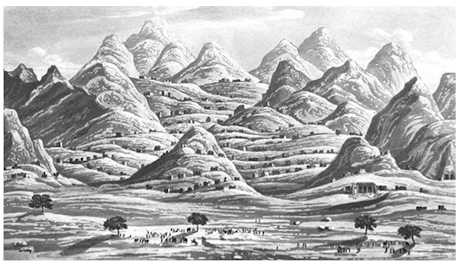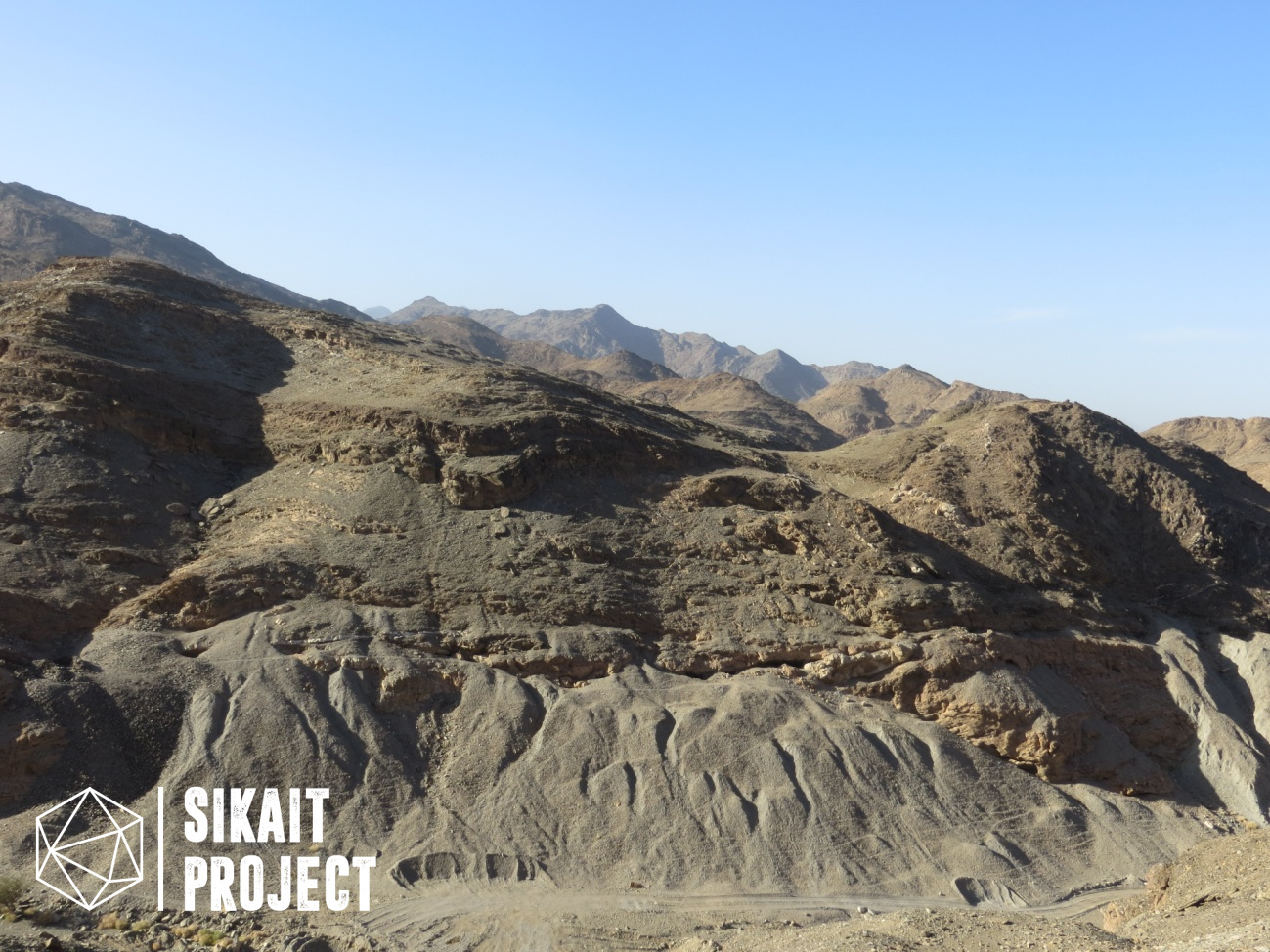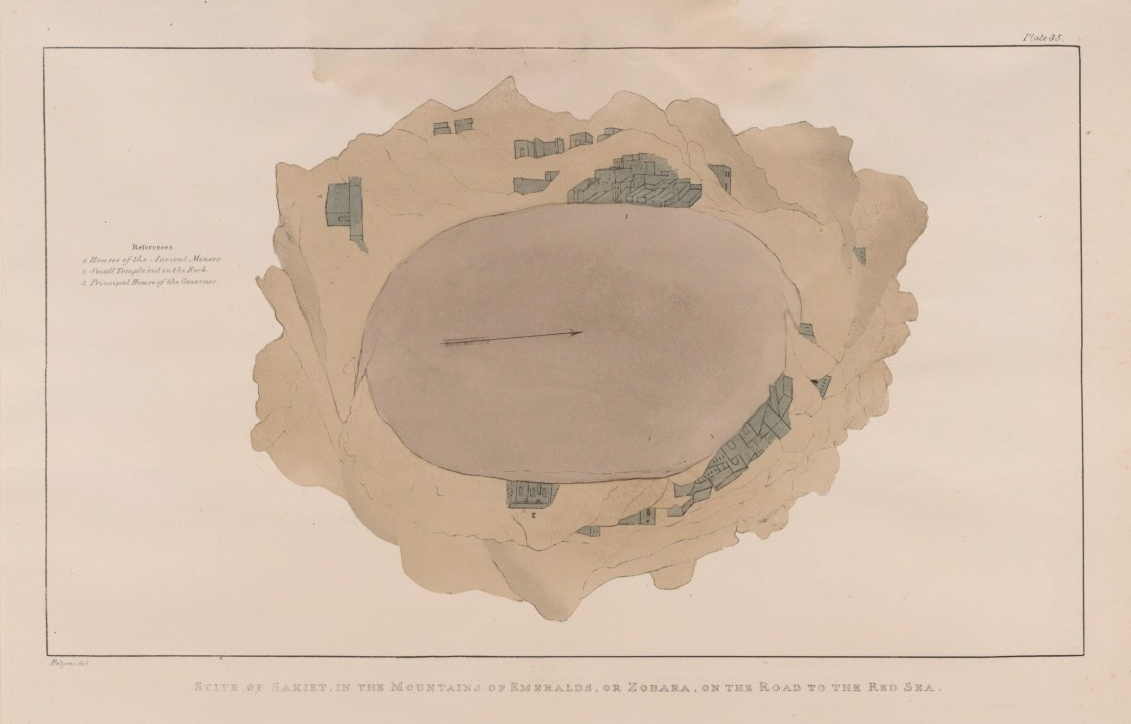When Egypt fell under Islamic hands, the exploitation of the mines did not come to an end. Archaeology and Islamic literary resources prove that a smaller-scale exploitation was carried out until the 14th and 15th Centuries. As an example, important mining settlements of this area, such as Zabara, show a large quantity of materials that date back to the Islamic Period. Nonetheless, once the Spanish conquerors discovered the South American emerald mines in the 16th Century, the exploitation of the Egyptian mines came to an end, as the beryl obtained was of poorer quality and the logistics around the extraction were more expensive.

Mons Smaragdus had been forgotten until the beginning of the 19th Century, when the Ottoman vali Mehmet Ali came into power in Egypt and initiated a deep reform process to modernize the country. Among other things, he tried to increase the country’s wealth by exploiting the mining resources of the Eastern Desert, and he put emphasis on rediscovering the emerald mines in order to determine whether their exploitation was still profitable. Therefore, he commissioned a young French geologist, Frédéric Cailliaud, to perform this task. The French geologist was a pioneer in the archaeological discovery of the Eastern Desert and, in 1817, he discovered the Gebel Zabara mines.

All these pioneering researchers and travellers visited the ruins of Mons Smaragdus and Sikait during the 19th and 20th Centuries. We are talking about people like G.B. Brocchi, J.G. Wilkinson or J. Ball, among others, and some of them left evidence of their visits by drawing graffiti on the Great Temple of Sikait. In the late 1990s of the 20th Century, the members of the “Berenike Project” began the first scientific explorations and excavations in Wadi Sikait and its surroundings.
Another great pioneer in Egyptology, Giovanni Battista Belzoni, quickly followed Cailliaud’s steps. The Italian intrepid archaeologist travelled to this area drawn by the descriptions Cailliaud wrote about magnificent ruins. As a result, he visited different areas discovered by the French archaeologist, including Sikait. After seeing the ruins, Belzoni was disappointed as he thought it could have been the ancient city of Berenike. In any case, he admired the ruins’ importance and he wrote very interesting descriptions. As a result of his determination, he continued his journey to the Red Sea and he finally discovered the ancient Graeci¡o-Roman port of Berenike.

Sources
(1) Caillaud, F. (1821). Voyage à l’Oasis de Thèbes et dans les déserts situés à l’Orient et à l’Occident de la Thébaïde fait pendant les années 1815, 1816, 1817 et 1818, par M. Frédéric Caillaud (de Nantes) / rédigé et publ. par M. Jomard,…. [online] Gallica. Disponible en: https://gallica.bnf.fr/ark:/12148/btv1b8540983s/f196.item.r=sikait [Accessed 25 Jul. 2019].
(2) Belzoni, G. (1820). Plates illustrative of the researches and operations of G. Belzoni in Egypt and Nubia. – NYPL Digital Collections. [online] Digitalcollections.nypl.org. Available at: https://digitalcollections.nypl.org/collections/plates-illustrative-of-the-researches-and-operations-of-g-belzoni-in-egypt#/?tab=navigation [Accessed 25 Jul. 2019].
